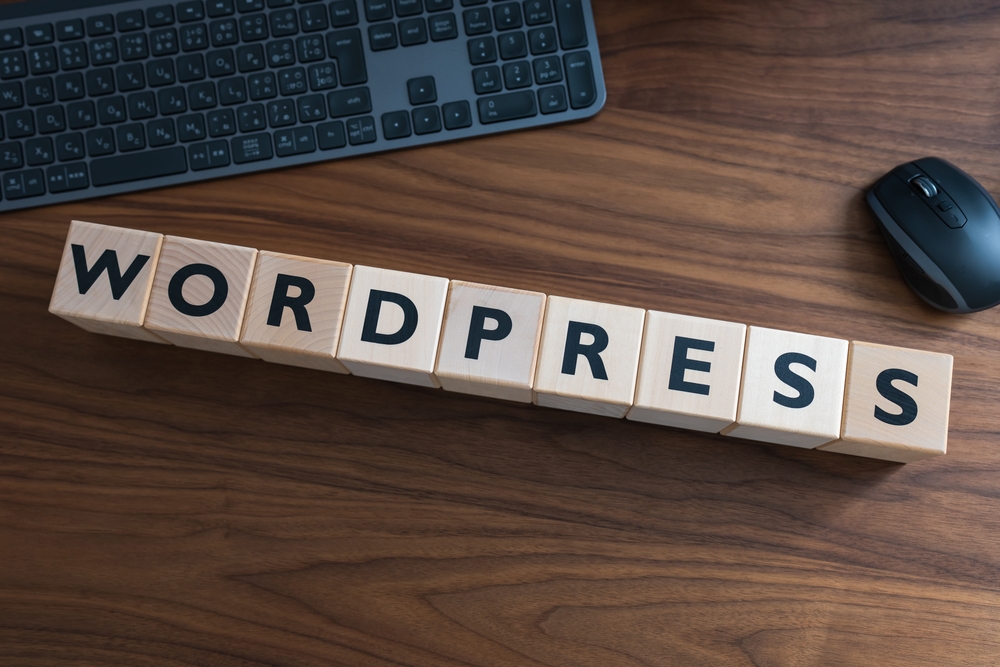
WordPress has become one of the most popular content management systems in the world, powering millions of websites across various industries. Its flexibility, ease of use, and extensive customization options have made it a top choice for both beginners and experienced web developers. In this article, we'll dive into essential tips and tricks for mastering WordPress (or WP) , allowing you to customize and maintain your website with ease.
1. Choosing the Right ThemeWhen starting with WordPress , the first step is selecting the right theme. A theme determines the overall look and functionality of your website. With thousands of themes available, it can be overwhelming to choose the perfect one. Consider the purpose of your website, your target audience, and the features you require. Look for well-coded, responsive themes that are regularly updated and supported by the theme developer.
2. Customizing the Appearance
One of the great advantages of WordPress is its ability to customize the appearance of your website without any coding knowledge. The built-in Customizer allows you to modify colors, fonts, layouts, and much more. Navigate to "Appearance" > "Customize" in your WordPress dashboard to access this powerful tool. Experiment with different settings until you achieve the desired look and feel.
3. Extending Functionality with Plugins
WordPress (the platform for bloggers) plugins are essential for adding new features and functionality to your website. Whether you want to optimize your site for search engines, improve security, or enhance user experience, there is a plugin for everything. Be cautious when selecting and installing plugins, as poorly coded or conflicting plugins can slow down your website or cause compatibility issues. Stick to popular, highly rated, and frequently updated plugins from reputable developers.
4. Mastering the Block Editor
In 2018, WordPress (WP) introduced the Gutenberg block editor, revolutionizing the way content is created and managed. The block editor utilizes a modular approach to building pages and posts, allowing you to add various content blocks such as paragraphs, headings, images, galleries, and more. Spend some time mastering the block editor's features, as it will greatly enhance your ability to create engaging, visually appealing content.
5. Optimizing for Speed and Performance
Website speed and performance are crucial factors that directly impact user experience and search engine rankings. To optimize your WordPress (the blogging platform) website, start by choosing a reliable web hosting provider that offers good server speed and uptime. Next, install a caching plugin to improve page load times, enable GZIP compression, and minify CSS and JavaScript files. Optimize your images by compressing them without sacrificing quality. Regularly monitor your website’s performance using tools like Google PageSpeed Insights and GTmetrix.
6. Securing Your WordPress Website
Keeping your WordPress website secure is of utmost importance. Start by using strong, unique passwords for your admin accounts and database. Regularly update your WordPress core, themes, and plugins to ensure you have the latest security patches. Enable two-factor authentication for an extra layer of protection. Install a security plugin that scans for malware and provides firewall protection. Additionally, implement regular backups to ensure you can restore your site in case of any unforeseen events.
7. Mastering Search Engine Optimization (SEO)
WordPress provides excellent tools and plugins to optimize your website for search engines. Start by installing an SEO plugin, such as Yoast SEO or Rank Math, which guides you through optimizing individual pages and posts. Create high-quality, relevant content with proper headings, titles, and meta descriptions. Utilize keywords strategically throughout your content, but avoid keyword stuffing. Optimize your website's load speed and ensure it is mobile-friendly. Building quality backlinks and implementing an internal linking strategy will also contribute to improving your SEO rankings.
FAQs (Frequently Asked Questions)
Q1: Can I use WordPress for e-commerce websites?A1: Yes, WordPress offers various plugins, such as WooCommerce, that allow you to easily create and manage e-commerce websites.
Q2: How can I customize the design of my WordPress theme?
A2: You can customize your theme using the built-in Customizer, which allows you to modify colors, fonts, layouts, and more. Additionally, WordPress allows you to edit theme files directly if you have coding knowledge.
Q3: Will installing too many plugins slow down my website?
A3: Yes, installing too many plugins can impact your website's speed and performance. Choose only the necessary plugins and ensure they are from reputable developers.
Q4: How often should I update my WordPress core, themes, and plugins?
A4: It is crucial to regularly update your WordPress core, themes, and plugins. Set up automatic updates whenever possible and manually check for updates at least once a month.
Q5: Can I migrate my WordPress website to a different hosting provider?
A5: Yes, WordPress offers several plugins and tools that facilitate migrating your website to a different hosting provider. Follow the provided instructions carefully or consider seeking professional help to avoid any complications.
In conclusion, mastering WordPress requires a combination of exploring its numerous features, customizing the appearance, optimizing for speed and performance, securing your website, and implementing effective SEO strategies. By following these essential tips and tricks, you'll be well on your way to creating a professional, functional, and successful website with WordPress.
Other useful resources
- https://www.wordpress24plus.com/wordpress-tools-directory/wordpress-themes/
- https://en.wikipedia.org/wiki/WordPress